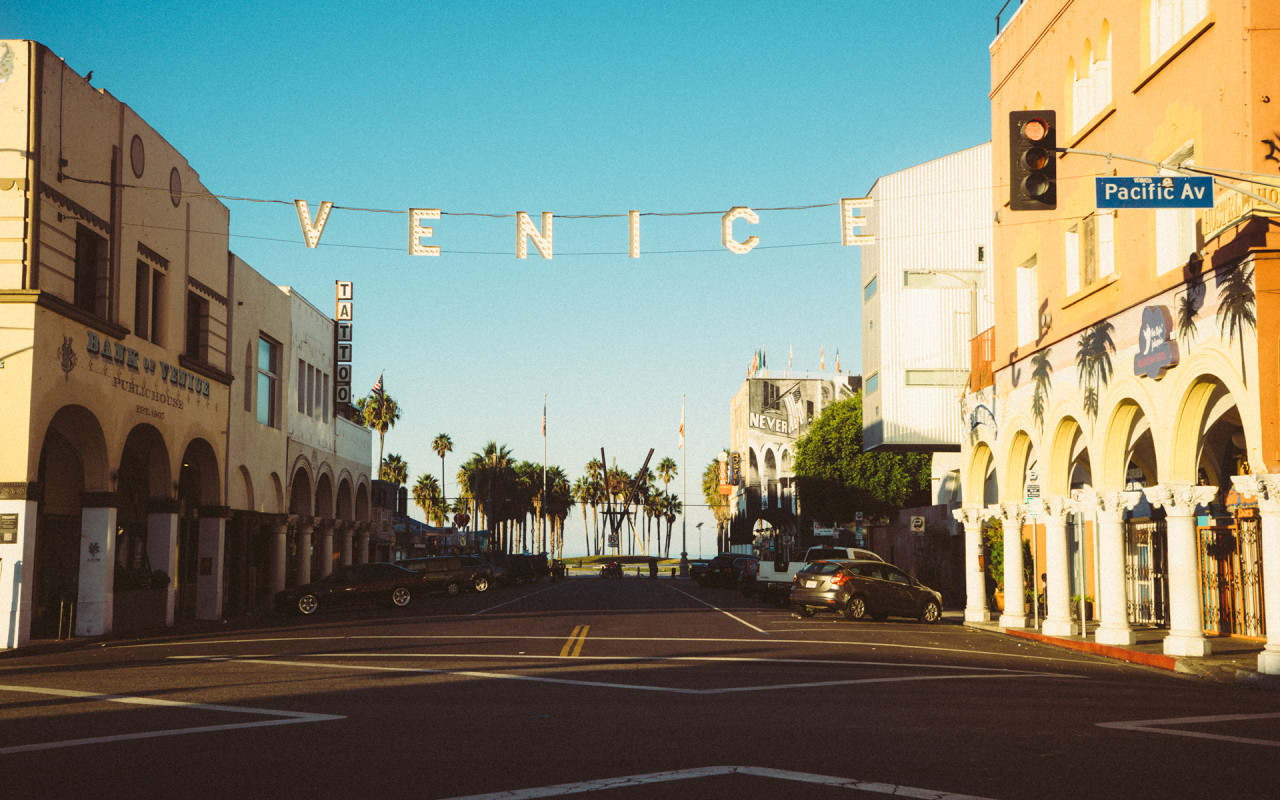Venice alternative obsolete form: Vinegia; Venetian: Venesia /veˈnɛzja/; Latin: Venetiae; Slovene: Benetke) is a city in northeastern Italy sited on a group of 118 small islands separated by canals and linked by bridges.[2] It is located in the marshy Venetian Lagoon which stretches along the shoreline, between the mouths of the Po and the Piave Rivers. Venice is renowned for the beauty of its setting, its architecture, and its artwork.[2] The city in its entirety is listed as a World Heritage Site, along with its lagoon.
Venice is the capital of the Veneto region. In 2009, there were 270,098 people residing in Venice’s comune (the population estimate of 272,000 inhabitants includes the population of the whole Comune of Venezia; around 60,000[3] in the historic city of Venice (Centro storico); 176,000 in Terraferma (the Mainland), mostly in the large frazioni (roughly equivalent to “parishes” or “wards” in other countries) of Mestre and Marghera; 31,000 live on other islands in the lagoon). Together with Padua and Treviso, the city is included in the Padua-Treviso-Venice Metropolitan Area (PATREVE), with a total population of 2,600,000. PATREVE is only a statistical metropolitan area without any degree of autonomy.
The name is derived from the ancient Veneti people who inhabited the region by the 10th century BC.[4][5] The city historically was the capital of the Republic of Venice. Venice has been known as the “La Dominante”, “Serenissima”, “Queen of the Adriatic”, “City of Water”, “City of Masks”, “City of Bridges”, “The Floating City”, and “City of Canals”. Luigi Barzini described it in The New York Times as “undoubtedly the most beautiful city built by man”.[6] Venice has also been described by the Times Online as being one of Europe’s most romantic cities.[7]
The Republic of Venice was a major maritime power during the Middle Ages and Renaissance, and a staging area for the Crusades and the Battle of Lepanto, as well as a very important center of commerce (especially silk, grain, and spice) and art in the 13th century up to the end of the 17th century. This made Venice a wealthy city throughout most of its history.[8] It is also known for its several important artistic movements, especially the Renaissance period. Venice has played an important role in the history of symphonic and operatic music, and it is the birthplace of Antonio Vivaldi.
Although no surviving historical records deal directly with the founding of Venice,[10] tradition and the available evidence have led several historians to agree that the original population of Venice consisted of refugees from Roman cities near Venice such as Padua, Aquileia, Treviso, Altino and Concordia (modern Portogruaro) and from the undefended countryside, who were fleeing successive waves of Germanic and Hun invasions.
Beginning as early as 166 to 168AD, the Quadi and Marcomanni destroyed the main center in the area, the current Oderzo. The Roman defences were again overthrown in the early 5th century by the Visigoths and, some 50 years later, by the Huns led by Attila. The last and most enduring immigration into the north of the Italian peninsula, that of the Lombards in 568, left the Eastern Roman Empire a small strip of coast in the current Veneto, including Venice. The Roman/Byzantine territory was organized as the Exarchate of Ravenna, administered from that ancient port and overseen by a viceroy (the Exarch) appointed by the Emperor in Constantinople, but Ravenna and Venice were connected only by sea routes and with the Venetians’ isolated position came increasing autonomy. New ports were built, including those at Malamocco and Torcello in the Venetian lagoon. The tribuni maiores, the earliest central standing governing committee of the islands in the Lagoon, dated from c. 568.[14]
The traditional first doge of Venice, Paolo Lucio Anafesto, was actually Exarch Paul, and his successor, Marcello Tegalliano, Paul’s magister militum (General: literally, “Master of Soldiers”). In 726 the soldiers and citizens of the Exarchate rose in a rebellion over the iconoclastic controversy at the urging of Pope Gregory II. The Exarch was murdered and many officials put to flight in the chaos. At about this time, the people of the lagoon elected their own leader for the first time, although the relationship of this ascent to the uprisings is not clear. Ursus would become the first of 117 “doges” (doge is the Venetian dialect development of the Latin dux (“leader”); the corresponding word in English is duke, in standard Italian duce.) Whatever his original views, Ursus supported Emperor Leo’s successful military expedition to recover Ravenna, sending both men and ships. In recognition, Venice was “granted numerous privileges and concessions” and Ursus, who had personally taken the field, was confirmed by Leo as dux[15] and given the added title of hypatus (Greek for “Consul”.)
